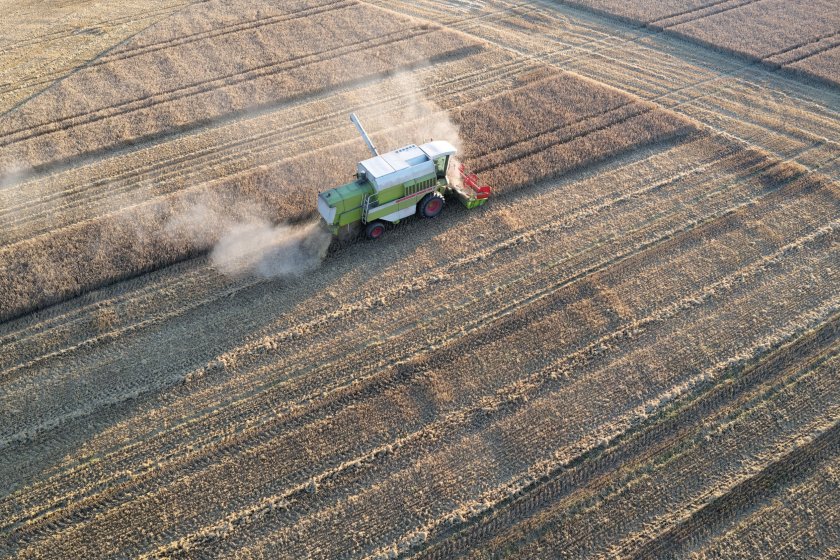
Cereal production in Scotland is in line with the ten-year average despite challenging weather conditions seen this year.
Figures for the 2023 Scottish harvest show that cereal production and yield fell, by 6% and 2% respectively, from their record 2022 figures.
However, overall cereal yield remained just above the ten-year average, according to the Chief Statistician's report.
The figures provide estimates of land use area, yield and production for spring and winter barley, wheat, oats and oilseed rape for 2023.
The release follows extreme weather conditions throughout this year which has led to one of the more challenging harvests seen in Scotland in recent years.
Overall cereal production decreased to just under 3.1 million tonnes, despite a small increase in planted area.
Barley and wheat production both decreased from their 2022 figures, mostly due to lower yields.
Despite this dip, production and yield remain at or just above the ten-year average for these crops.
Oats production this year continued to decrease over time against the ten-year average, the figures show.
Production and yield fell, by 7% and 4% respectively, compared to 2022. However, yields remain close to the ten-year average.
Oilseed rape production was at its highest level in the past two decades, with production at 166,000 tonnes - an increase of 10% from 2022.
Planted area was also at its largest level in 20 years, according to Alastair McAlpine, Scotland's Chief Statistician.
"This, combined with above average yield, made for a very good year for oilseed rape production," he said.
